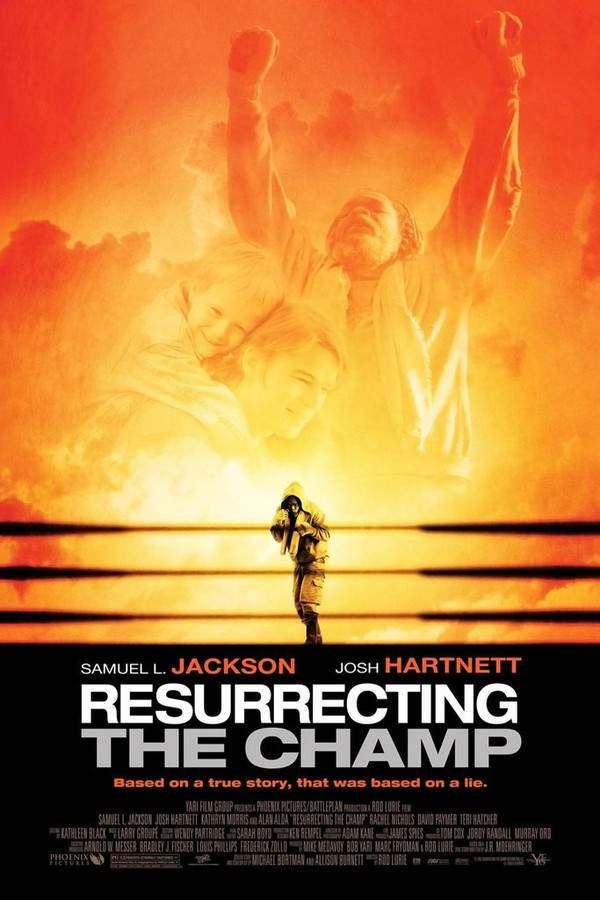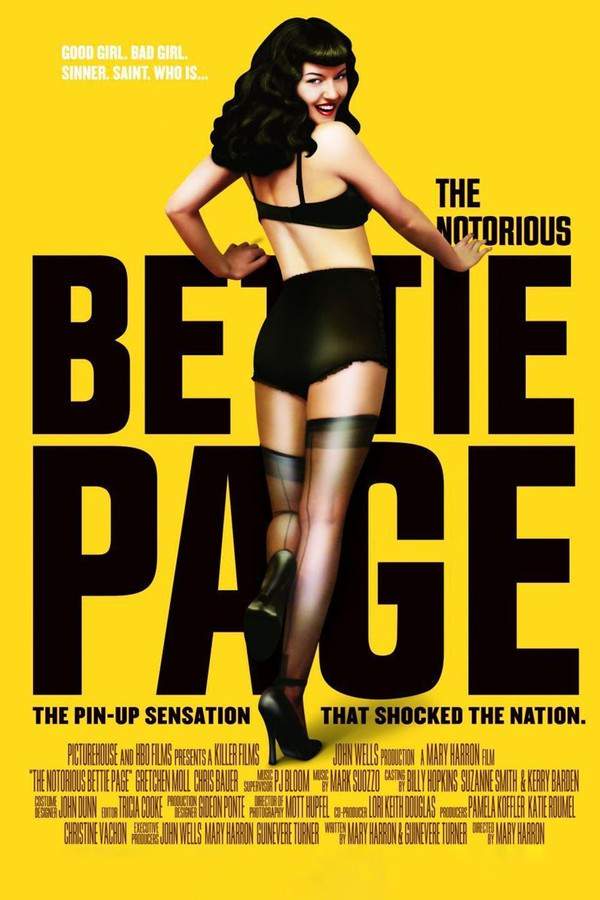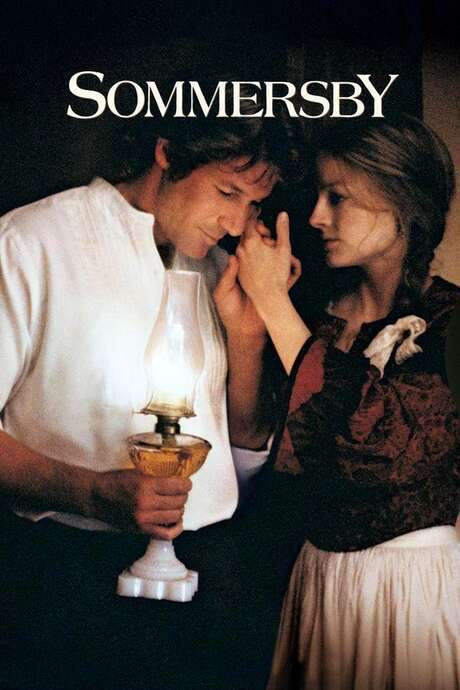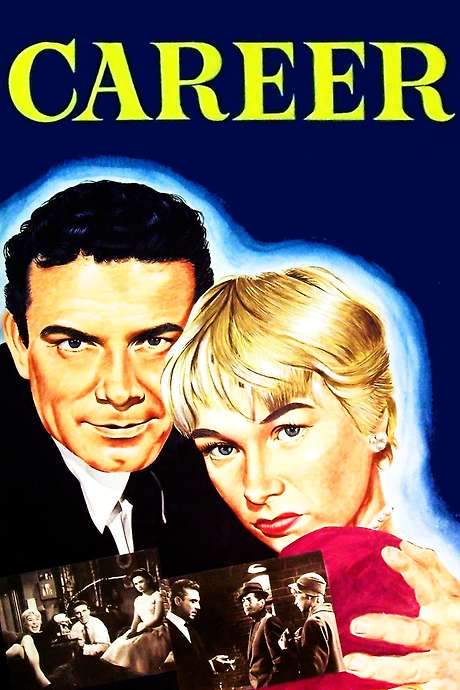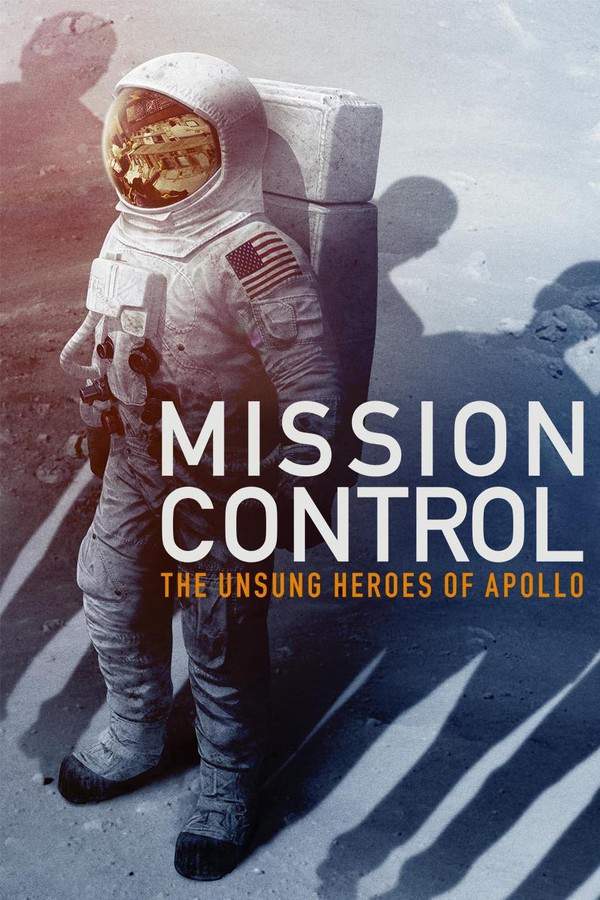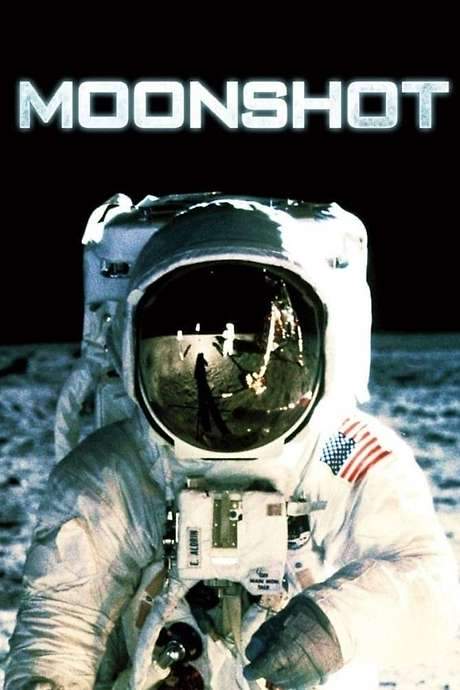
I Aim at the Stars
Year: 1960
Runtime: 106 mins
Language: English
Director: J. Lee Thompson
From Earth to the stars, the documentary chronicles the life of Wernher von Braun, the brilliant yet controversial rocket engineer who propelled humanity into the Space Age. It follows his early work on V‑2 rockets that devastated London during World War II and his later leadership in the US program that created and launched space satellites.
Warning: spoilers below!
Haven’t seen I Aim at the Stars yet? This summary contains major spoilers. Bookmark the page, watch the movie, and come back for the full breakdown. If you're ready, scroll on and relive the story!
Timeline – I Aim at the Stars (1960)
Trace every key event in I Aim at the Stars (1960) with our detailed, chronological timeline. Perfect for unpacking nonlinear stories, spotting hidden connections, and understanding how each scene builds toward the film’s climax. Whether you're revisiting or decoding for the first time, this timeline gives you the full picture.
Last Updated: October 09, 2025 at 12:39
Explore Movie Threads
Discover curated groups of movies connected by mood, themes, and story style. Browse collections built around emotion, atmosphere, and narrative focus to easily find films that match what you feel like watching right now.
Ethically Haunted Biographies like I Aim at the Stars
Biographical stories where brilliant achievements are shadowed by dark pasts.Explore movies like I Aim at the Stars, featuring stories of brilliant but morally conflicted historical figures. If you enjoyed the complex portrayal of scientific ambition shadowed by wartime complicity, you'll find similar thoughtful biographical dramas here.
Narrative Summary
These narratives typically unfold as chronological life stories, presenting a subject's major accomplishments while simultaneously confronting the audience with the troubling compromises, alliances, or actions that made those accomplishments possible. The central journey pits genius against conscience.
Why These Movies?
Movies in this thread share a focus on the duality of human achievement, pairing a somber, reflective tone with a steady pacing that allows for contemplation. They are united by their exploration of ambition, responsibility, and the uneasy legacy of complex figures.
Movies about the Heavy Cost of Ambition like I Aim at the Stars
Stories of driven individuals whose pursuit of greatness leaves a trail of ethical wreckage.Discover films similar to I Aim at the Stars that explore the heavy price of ambition. These compelling stories feature characters whose single-minded pursuit of a goal leads to profound moral compromise and bittersweet outcomes.
Narrative Summary
The narrative pattern follows a protagonist's ascent towards a significant achievement, but this rise is paralleled by a descent into ethical compromise. The conflict is often internal, pitting the character's drive against their conscience, leading to an ending that acknowledges success but is haunted by its costs.
Why These Movies?
These films are grouped by their shared exploration of the dark side of ambition, a bittersweet emotional tone, and a medium emotional weight that prompts reflection rather than sheer despair. They share a thematic core of responsibility and the consequences of unchecked drive.
Unlock the Full Story of I Aim at the Stars
Don't stop at just watching — explore I Aim at the Stars in full detail. From the complete plot summary and scene-by-scene timeline to character breakdowns, thematic analysis, and a deep dive into the ending — every page helps you truly understand what I Aim at the Stars is all about. Plus, discover what's next after the movie.
I Aim at the Stars Summary
Read a complete plot summary of I Aim at the Stars, including all key story points, character arcs, and turning points. This in-depth recap is ideal for understanding the narrative structure or reviewing what happened in the movie.

Characters, Settings & Themes in I Aim at the Stars
Discover the characters, locations, and core themes that shape I Aim at the Stars. Get insights into symbolic elements, setting significance, and deeper narrative meaning — ideal for thematic analysis and movie breakdowns.

I Aim at the Stars Spoiler-Free Summary
Get a quick, spoiler-free overview of I Aim at the Stars that covers the main plot points and key details without revealing any major twists or spoilers. Perfect for those who want to know what to expect before diving in.

More About I Aim at the Stars
Visit What's After the Movie to explore more about I Aim at the Stars: box office results, cast and crew info, production details, post-credit scenes, and external links — all in one place for movie fans and researchers.

Similar Movies to I Aim at the Stars
Discover movies like I Aim at the Stars that share similar genres, themes, and storytelling elements. Whether you’re drawn to the atmosphere, character arcs, or plot structure, these curated recommendations will help you explore more films you’ll love.
Explore More About Movie I Aim at the Stars
I Aim at the Stars (1960) Plot Summary & Movie Recap
I Aim at the Stars (1960) Scene-by-Scene Movie Timeline
I Aim at the Stars (1960) Spoiler-Free Summary & Key Flow
Movies Like I Aim at the Stars – Similar Titles You’ll Enjoy
Last Exit: Space (2022) Film Overview & Timeline
Mission Control: The Unsung Heroes of Apollo (2017) Spoiler-Packed Plot Recap
For All Mankind (1989) Full Summary & Key Details
Beyond the Stars (1989) Story Summary & Characters
Rocket Hunter (2020) Full Summary & Key Details
Among the Stars (1000) Complete Plot Breakdown
The Astronaut (2022) Film Overview & Timeline
Man in Space (1955) Full Movie Breakdown
Toward the Unknown (1956) Ending Explained & Film Insights
Mission to Mir (1997) Detailed Story Recap
Moonshot (2009) Movie Recap & Themes
The Race for Space (1959) Film Overview & Timeline
Edge of Space (2024) Spoiler-Packed Plot Recap
From the Earth to the Moon (1000) Movie Recap & Themes
Road to the Stars (1957) Detailed Story Recap



